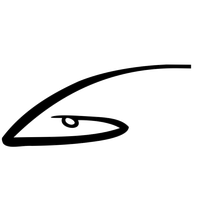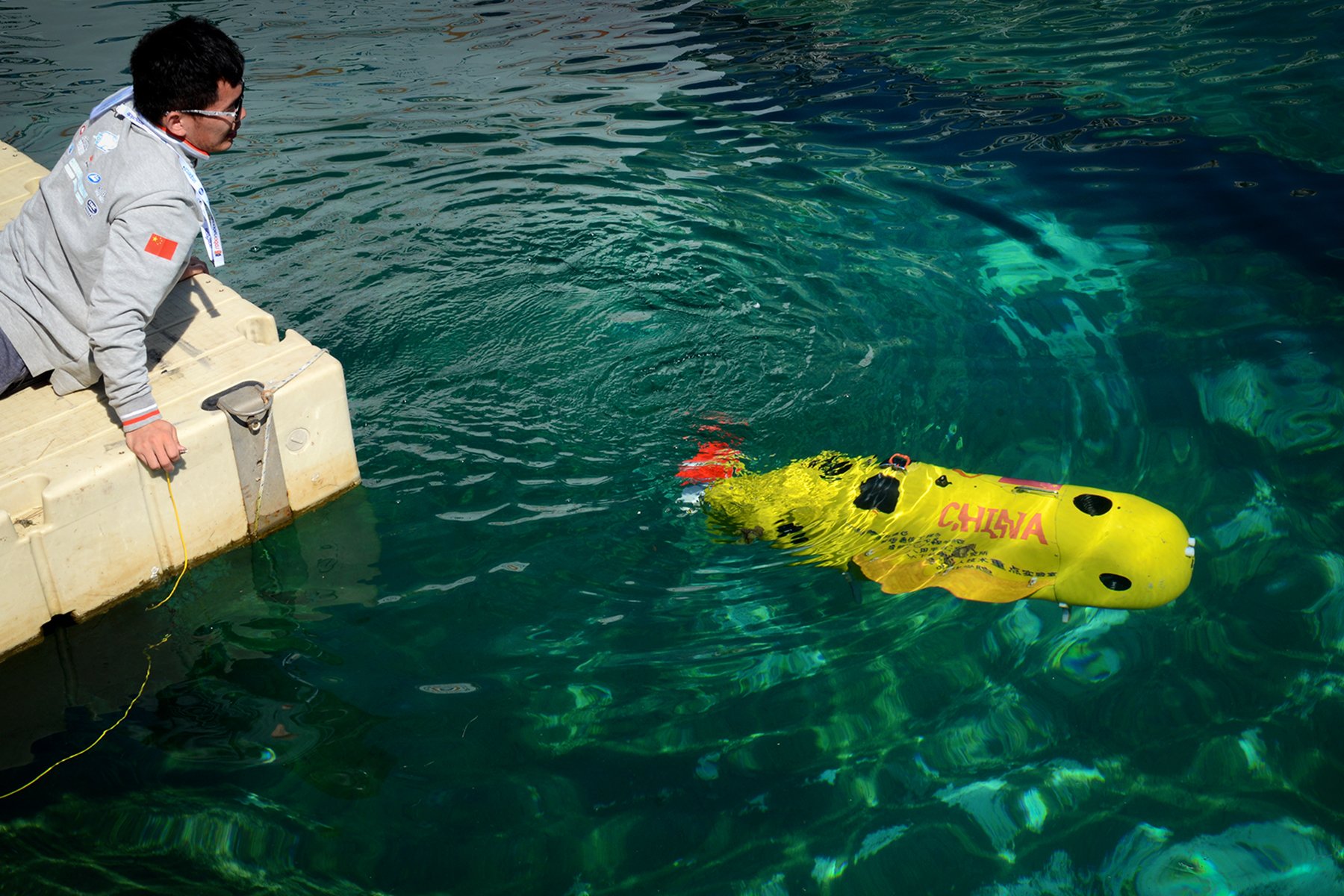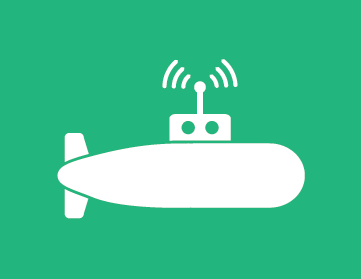Prairie View, Texas, USA
Website | Facebook
Journal Paper | Team Video
Name: Amy Fritz (Mechanical Team Leader)
Amy Fritz, a senior mechanical engineering student at Prairie View A&M University, is the Team Leader for the Panthers. She was born and raised in Houston, Texas and will be working full time at NASA Johnson Space Center in the robotics branch upon graduation. Amy enjoys long boarding and hiking and hopes to one day own and operate her own robotic prosthetics lab.
Major: Mechanical Engineering Born: January 27, 1993; Houston, Texas Favorite class & why: Manufacturing Processes Lab. This was my favorite class because it was hands on, and the products that I designed were manufactured by me. Interesting fact: I taught myself how to play the guitar my freshman year of high school. Future Job: Robotics engineer at NASA JSC
Name: Alexus Hall (Electrical Team Leader)
Major: Computer Engineering Born: August 30, 1991 Favorite Class & Why: Application Development, I always wanted to know how to make android applications for mobile devices. Interesting fact: I am a double military brat. Both my parents are in the military. Future Job: Intel Security Graduate Rotation Program
Name: Long Tao
Major: Mechanical Engineering Born: VietNam Favorite Class & Why: Manufacturing because you can learn and apply what you learn into the manufacturing lab. Interesting Fact: Too serious Future Job: Manufacturing Engineering
Name: Jeffrey Amoo
Major: Mechanical Engineering Born: Houston, TX by way of Nigeria Favorite Class & Why: Machine Design 2 because you learn the applications of choosing the proper material for designing a system. Interesting Fact: Lover of all sport activities Future Job: Business Reliability Engineer at DuPont
Name: Christopher Tifase
Major: Mechanical Engineering Born: Houston, TX Favorite Class & Why: Heat Transfer… I liked how we had to make a lot of assumptions. Interesting Fact: My mom owns the only Nigerian buffet in Texas. Future Job: I don’t know yet because I graduate this coming December.
Name: Spencer Holman
Major: Electrical Engineering Born: 1992 Favorite Class & Why: Energy conversion. It is my favorite because it has been the same since the beginning. It is mostly just easy formulas to memorize or derive and then apply. Interesting fact: I have been building computers and other electronic devices since 9th grade. Future Job: Power systems Engineer.
Name: Ali Shahzad S. Malik
Major: Electrical Engineering Born: Jan 25th, 1992 Favorite Class & Why: Senior design because i can work hands on project its more practical than theories. Future Job: Entrepreneur
Name: Quaviz Owens
Major: Electrical engineering Born: born and raised in Houston, Texas. Favorite class & Why: Electronics and Photonics, because it was very interesting finding out how the devices work and what they were made of. Interesting fact: I want to build drones and Computer for a hobby once I have the money to be able to. Future job: owning my own companies.
Name: Jessica Keys
Major: Computer Engineering Born: December 21, 1993 Edmond, Oklahoma Favorite Class & Why: Embedded Systems a Design, implementing what we learn in class was pretty cool. Interesting Fact: I have played softball for over 12 years Future Job: In the future I hope to work with quantum algorithms and owing my own knowledge engineering company.
Name: Dzung Ha
Major: Mechanical Engineering Born: VietNam Favorite Class & Why: Manufacturing lab because I became a teaching assistant for the course after taking it Interesting Fact: 1/24 master level designers for CAD Future Job: Machine Shop Owner












































